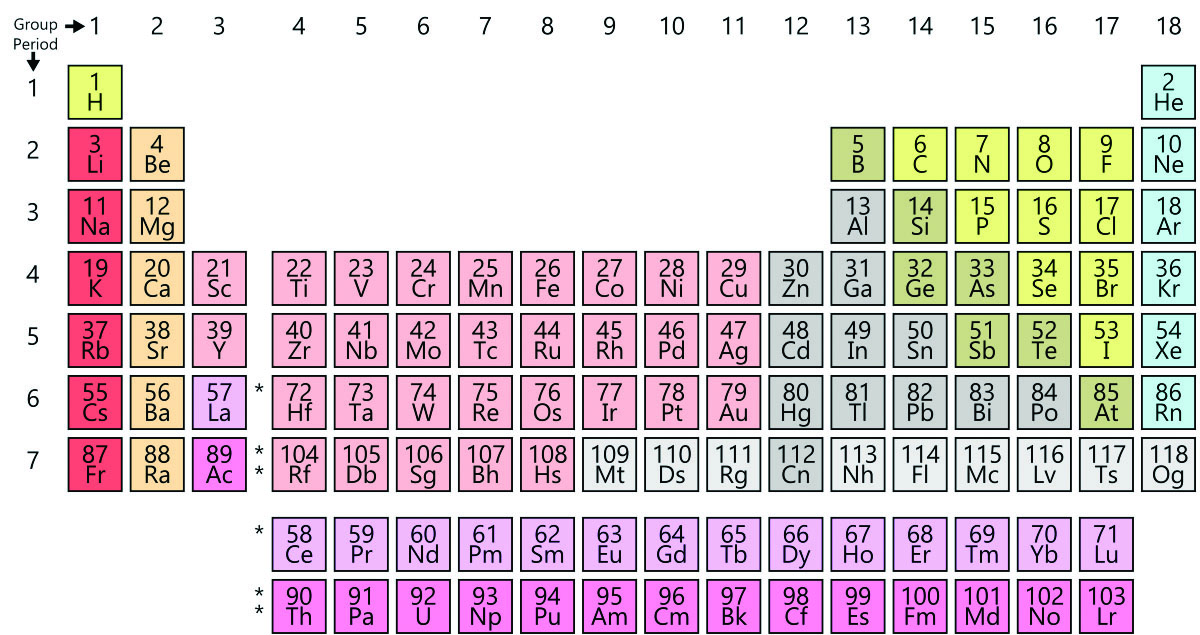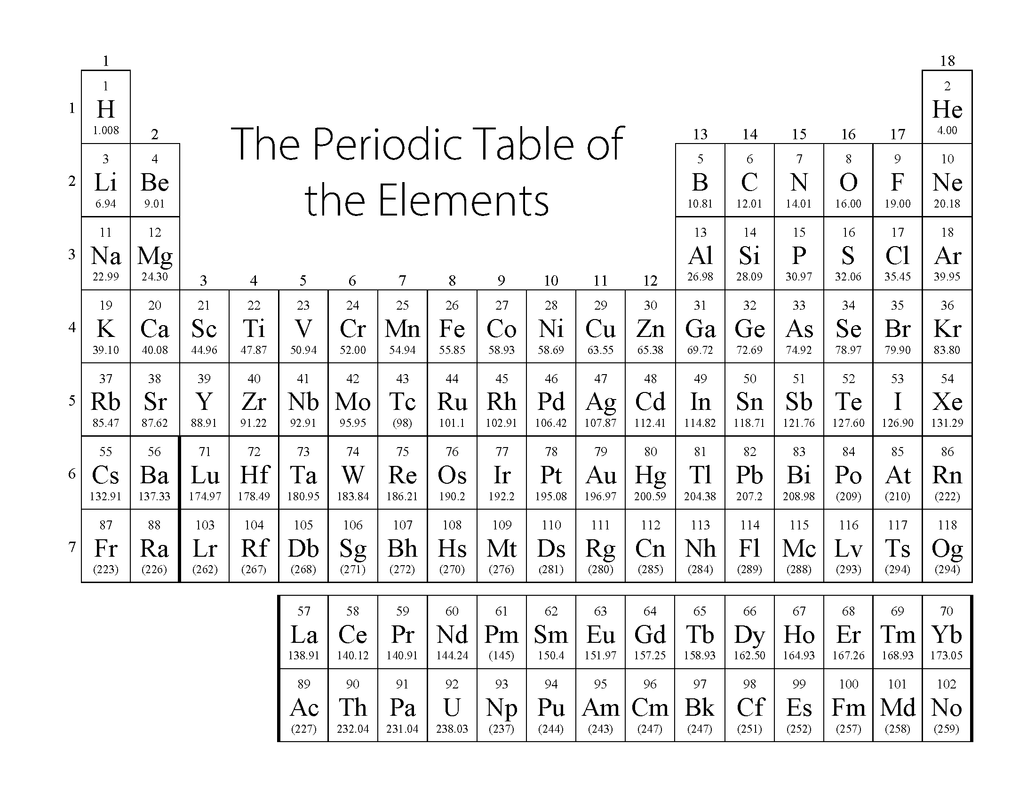

It is influenced by the nuclear pull and the number of energy levels. Atomic radius refers to the distance between the nucleus and the outer edge of the electron cloud. 2) Use increased distance (greater value of n) to justify trends down a group. Trends in the Periodic Table Justifying all of the trends on the periodic table can be simplified using these two generalizations: 1) Use Zeff to justify trends across a period. Emphasize the energy of attractions and repulsions in your explanations. Fattractionα (q+ )(q− ) d 2 or F = k (q + )(q− ) d 2 Chemistry is often defined as “the study of matter and energy”. Coulomb’s Law shows that the force of attraction between two oppositely charged particles is directly proportional to the magnitude of the charges and inversely proportional to the distance between those charges. The concept of Coulomb’s Law is important and you should mention it when appropriate in your explanations. Answers to these questions should always include a statement about how this attraction is affected. Almost all of the properties that are asked about in exam questions rely on the Coulombic (electrostatic) attraction between the outer electrons and the nucleus. Addressing one and leaving the other as implied does not usually earn the point for this type of question. In addition to discussing forces, you must mention BOTH of the atoms or ions that are in the question when stating your answer. If needed, chant over and over again, “A trend is an observation, not an explanation!” It is fine to state the trend in your answer, but you must also go further by explaining what causes the observed trend. Your must address the forces that create the trend and avoid the impulse to simply use the location on the table as an explanation of the observed property. A statement such as “In terms of atomic structure, explain why the first ionization energy of selenium is less than that of bromine.” Often these questions are not well answered because students simply state the trend, such as “ionization energy increases as you move left in a period,” and fail to address the forces at work that created the trend in the first place.
AP CHEM PERIODIC TABLE PDF
Not to miss out, element 102, Nobelium, No, is named in honor of Alfred Nobel, who set aside his vast fortune to establish Nobel Prizes.Download AP Chem Periodic Trends and more Chemistry Lecture notes in PDF only on Docsity!The AP® Chemistry test typically addresses periodic trends in the free response questions. Mendeleev never received a Nobel Prize for his work, but element 101 was named Mendelevium, Md, after him. For instance they discovered phosphorus when they isolated it from urine. Over time these gaps have gradually been filled in as scientists unearthed new elements.

Not only did Mendeleev arrange the elements in the correct way, but he also had the foresight to leave gaps for undiscovered elements. At that time, he had only 50 elements to arrange. He wrote the properties of the elements on pieces of card and rearranged them until he realised that, by putting them in order of increasing atomic weight, certain properties of elements regularly occurred. Then in 1869, a Russian scientist called Dmitri Mendeleev produced one of the first practical periodic tables. Several other attempts were made to group elements together over the coming decades.

The earliest attempt to classify the elements was in 1789, when Antoine Lavoisier grouped the elements based on their properties into gases, non-metals, metals and earths. The discovery of other elements followed regularly and soon it became necessary to arrange them in some sort of order. However, the first scientific discovery of an element occurred in 1649 when Hennig Brand discovered phosphorous. Copper has been used by humans for as much as 7000 years and elements such as gold, silver, tin, lead and mercury have been known for many thousands of years.


 0 kommentar(er)
0 kommentar(er)
